
Ducati Scrambler Icon 2G Review: Scrambled Not Stirred!
Ducati certainly knows how to make bikes an absolute joy to ride, and the Scrambler is no exception. With its reduced weight, increased punch, and a more committed rider triangle, it has evolved into a fantastic motorcycle.
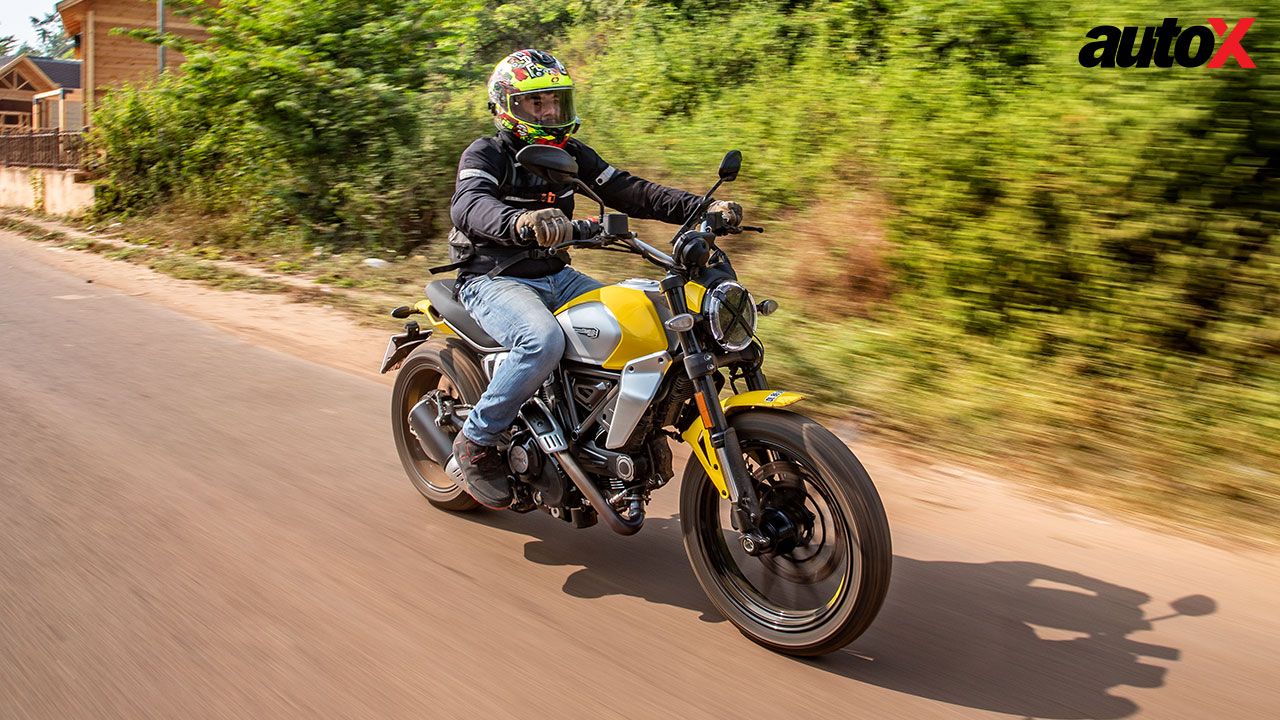
The 1993 Ducati Monster 900 is famously known for single-handedly saving Ducati from bankruptcy, playing a critical role in the company’s development, and making the company what it is today. Echoing a similar philosophy as the M900, the Scrambler Icon was introduced by Ducati in 2015 – it was fast, fun, and affordable and avoided fancy electronic wizardry. Now, Ducati has introduced a new version of the Scrambler, and while it continues with the same basic formula, it incorporates 70 per cent of new elements. To thoroughly test the updated Scrambler, we embarked on a 1200km round trip from Bombay to Goa and back. Here’s what we discovered…
Ducati Scrambler 2G Review: Design and Features
In my opinion, the first-gen Scrambler Ducati was quite a good-looking motorcycle, and evidently, Ducati shares the same sentiment, for the new version appears virtually unchanged. The rounded-off headlight, teardrop fuel tank, one-piece seat, and knobby tyres present the quintessential Scrambler aesthetic, projecting an image of a bike that always seems ready for adventure. Despite the almost identical resemblance, the 2023 model incorporates changes, like a new frame, which enhances the rear-end design, a centrally-located rear mono-shock (in contrast to the side offset placement in the outgoing one), a new LED headlamp unit, and lighter, newly designed alloy wheels. Plus, it also has a flatter seat and a more committed riding position, thanks to the new handlebar. Other than that, the overall ergonomics remain largely the same. In short, the bike now has a more refined design, making it an even more appealing proposition.
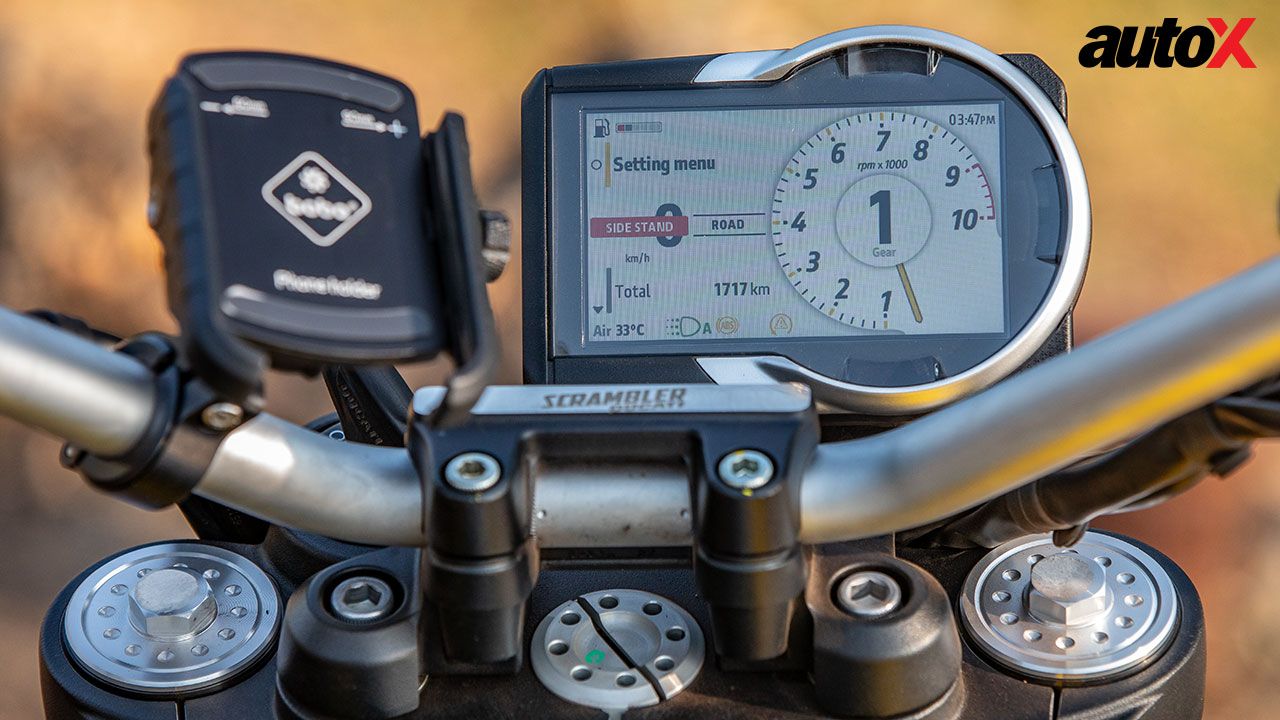
In terms of features, the first-gen Scrambler had some limitations. The new version, however, has addressed the issue and undergone a thorough modernisation but, thankfully, not unconscionably. The most significant upgrades include a Bosch cornering ABS unit, ride-by-wire throttle, and a crisp, user-friendly 4.3-inch colour TFT instrument cluster. All these enhancements really step up the game for the Scrambler, especially when considering the limited features of the first-gen model and the premium it commanded.
Ducati Scrambler 2G Review: Performance
At the heart of the Scrambler still lies the same 800cc Desmo L-Twin motor, which develops 73bhp and 65Nm of peak torque. What’s interesting now is that you can configure the power delivery in multiple ways, thanks to the new ride-by-wire system – it gets two ride modes (Road and Sport), three power level settings, and four traction level settings. Throughout my entire trip, I predominantly kept the bike in the Sport mode, with TC switched off and power levels set to maximum. The idea was to assess the Scrambler’s adaptability for both city commuting and highway touring. The engine itself is a gem of a unit, which delivers power from the word go and has respectable mid- and top-end grunt, thanks to its flat torque delivery. The addition of electronics has significantly refined the throttle response, and the annoying driveline lash of the previous-gen model has been completely eliminated.
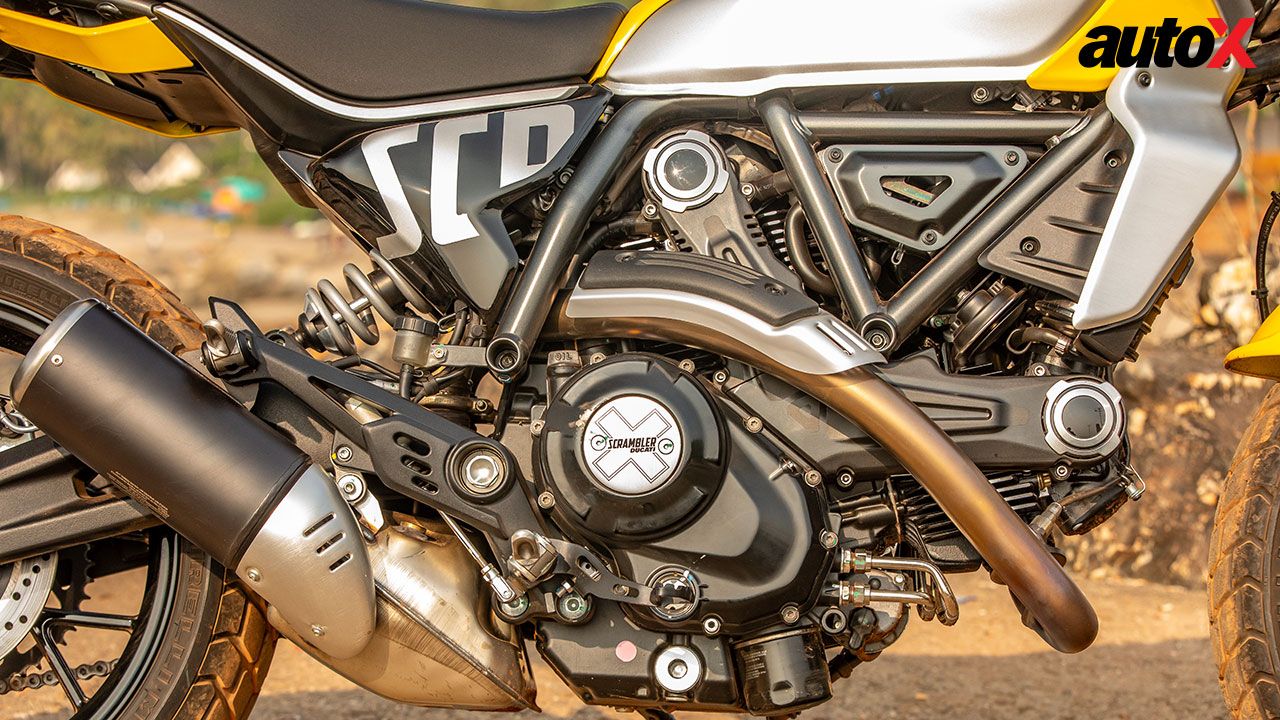
The Scrambler has now shed 4kg, inclusive of weight saving in unsprung mass and with lighter wheels, making it a livelier machine. I really had fun with the Scrambler in all kinds of driving conditions. Be it the city, ghats, or highways, the Scrambler has enough power to handle all situations with relative ease. The 6-speed gearbox feels slick, and gear ratios are well-spaced. The motor feels tractable at low speeds, with enough power in reserve for quick acceleration when needed.
Ducati Scrambler 2G Review: Ride, Handling, and Braking
Ducati certainly knows how to make bikes an absolute joy to ride, and the Scrambler is no exception. With its reduced weight, increased punch, and a more committed rider triangle, it has evolved into a fantastic motorcycle that effortlessly handles city traffic, winding hilly roads, off-road gravel tracks, and long highway stretches.
Also Read: Ducati Hypermotard RVE vs Suzuki Katana Comparison Test: Quarter-Life Crisis
The Pirelli MT tyres feel reliable and confidence-inspiring. During my trip to Goa, I opted for the highway that passes through Pune and Kolhapur. The highway is riddled with diversions and ongoing construction. However, thanks to the Scrambler’s versatility, I was able to swiftly navigate through traffic, tackle gravel byroads, and hammer through every ghat section. Starting my journey from Ducati’s showroom in Mumbai at noon, I was able to reach my hotel in Vagator before 10 pm.
The only drawback that I could discern was that the Kayaba suspension setup, while comfortable and pliant over all roads, tends to make the front end feel light and a bit unpredictable when pushing the bike into corners quickly or reaching high triple-digit speed. Nevertheless, it never feels too overwhelming to handle. Now, what significantly adds to the confidence is the brilliant braking capability of the bike, thanks to the 330mm front and 245mm rear disc brakes with Brembo callipers.

Ducati Scrambler 2G Review: Verdict
I was fond of the first-gen Scrambler. And the new 2023 Scrambler Icon has taken that admiration to a whole new level. Yes, it does command a price tag of Rs 10.39 lakh, and there are a lot of options available in that price range, but for those who enjoy making every office commute a memorable experience and take delight in sliding across every piece of dirt patch, the Scrambler Ducati is undeniably a compelling choice, offering a unique and exhilarating riding experience.
Engine: 803cc / V-Twin / Air-Cooled
Transmission: 6-Speed
Power: 73bhp @ 8,250rpm
Torque: 64Nm @ 7,000rpm
Price: ₹10.39 lakh (ex-showroom)
X-Factor: Baby ducati that is now fun and modern.
|
Pros • Fun • Tractable Engine |
Cons • Heat-Management |


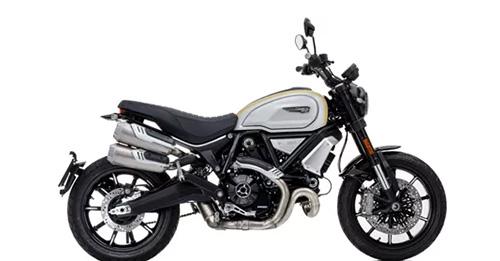

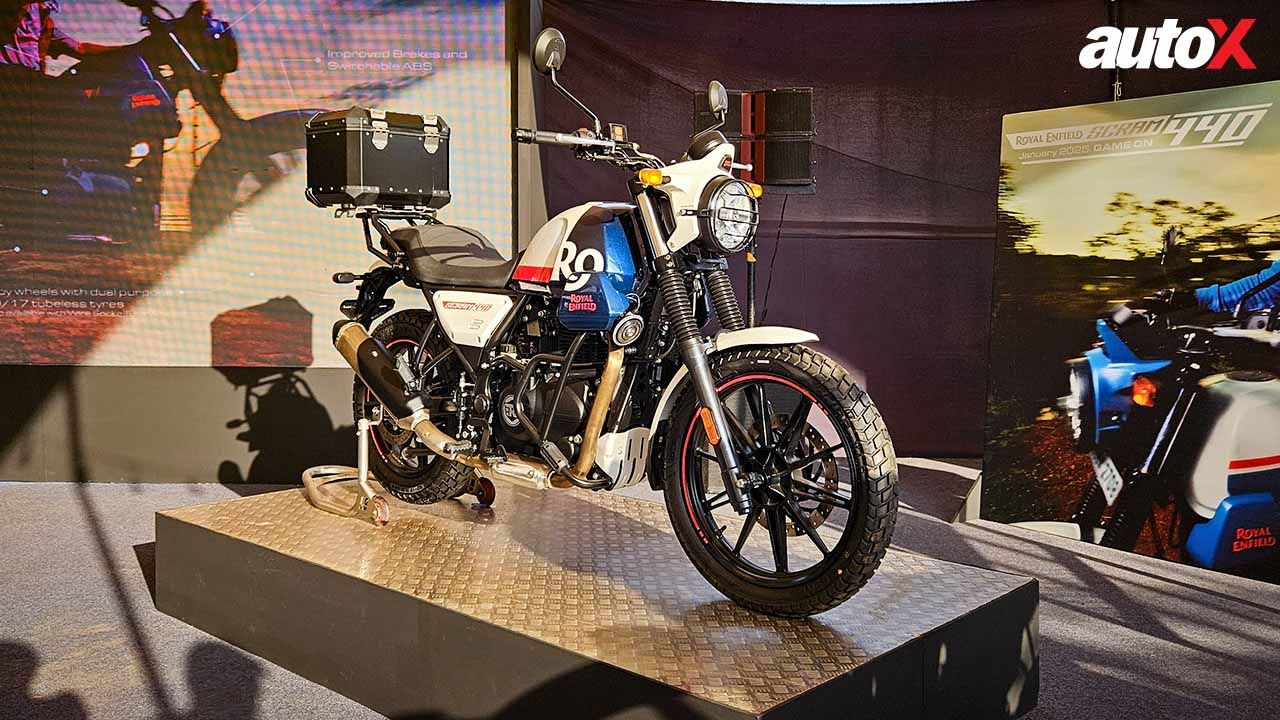
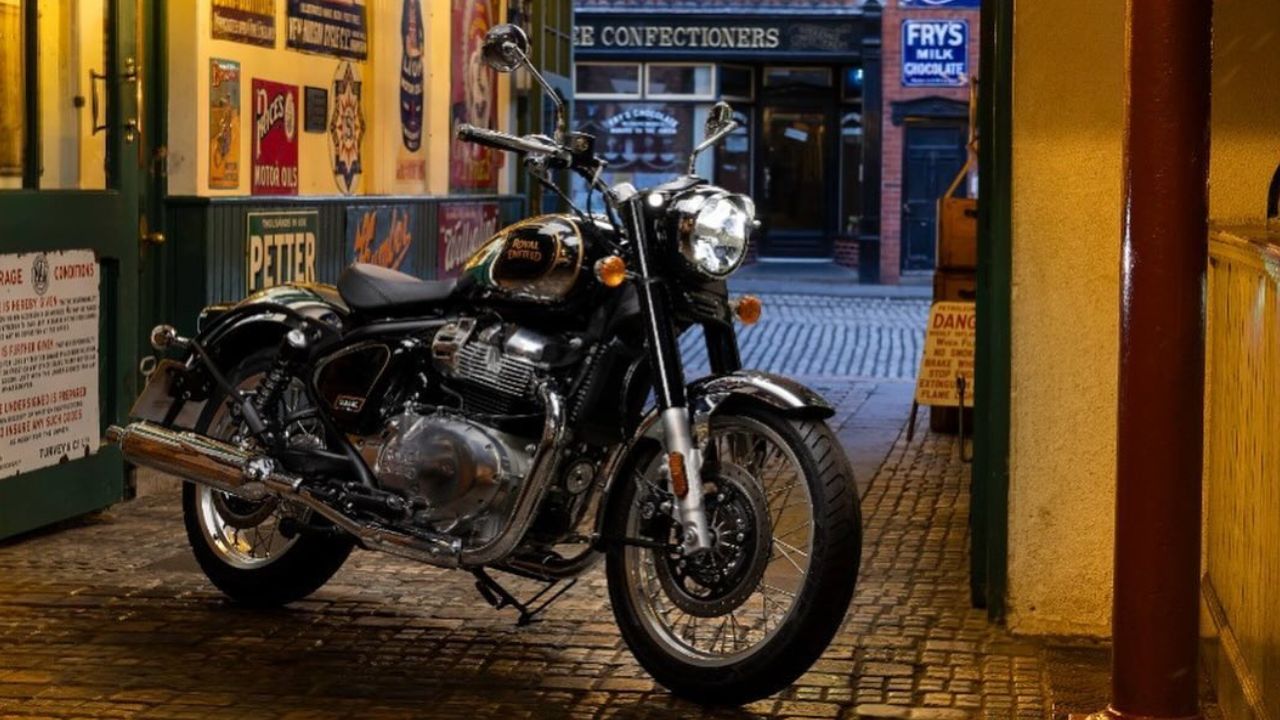
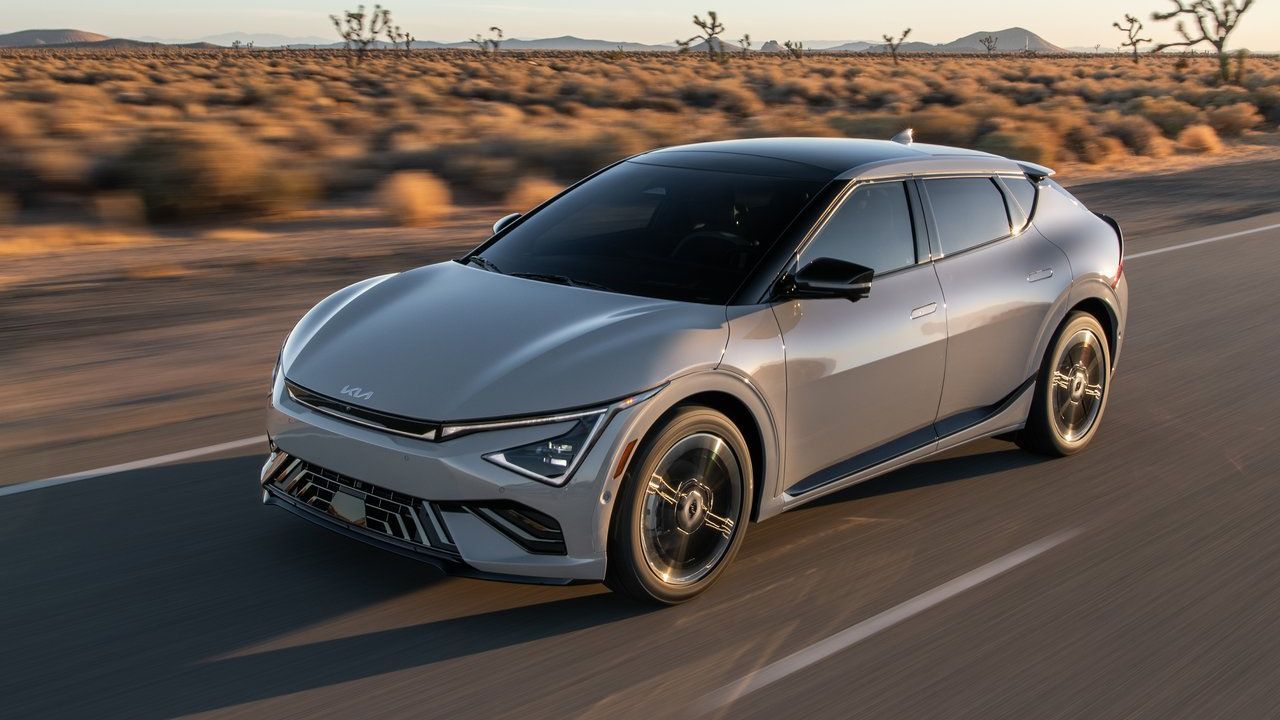
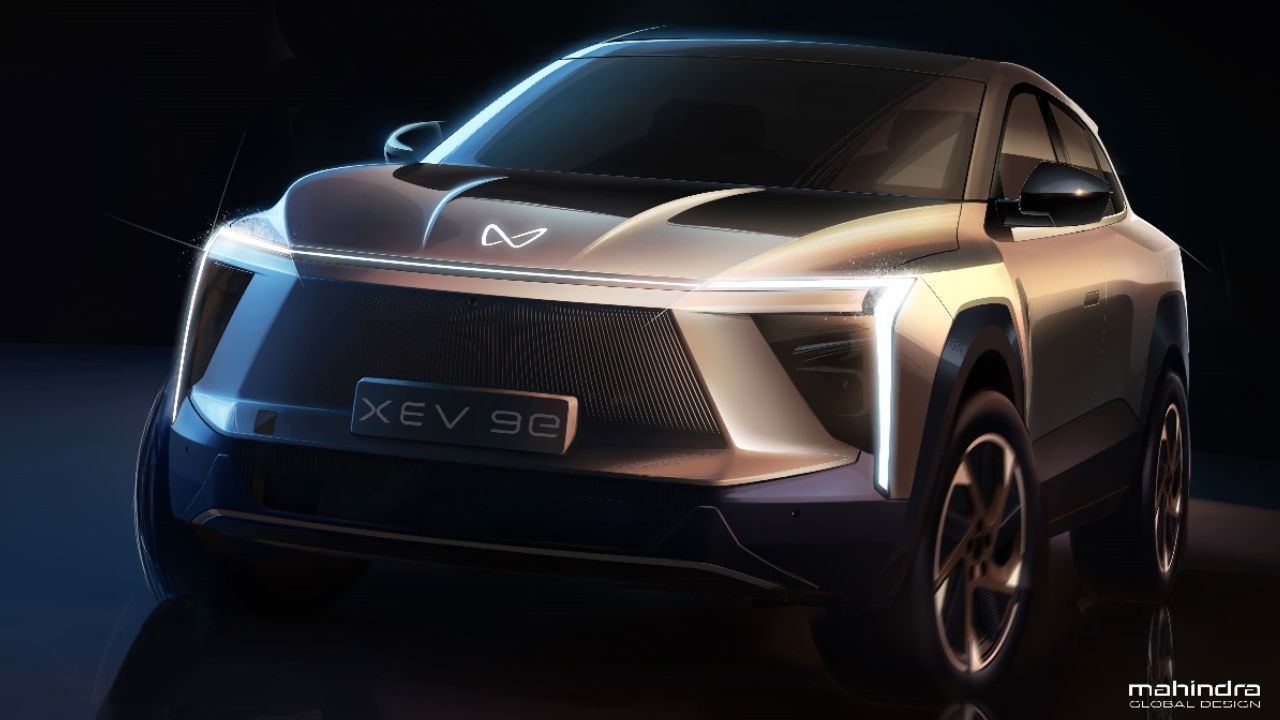
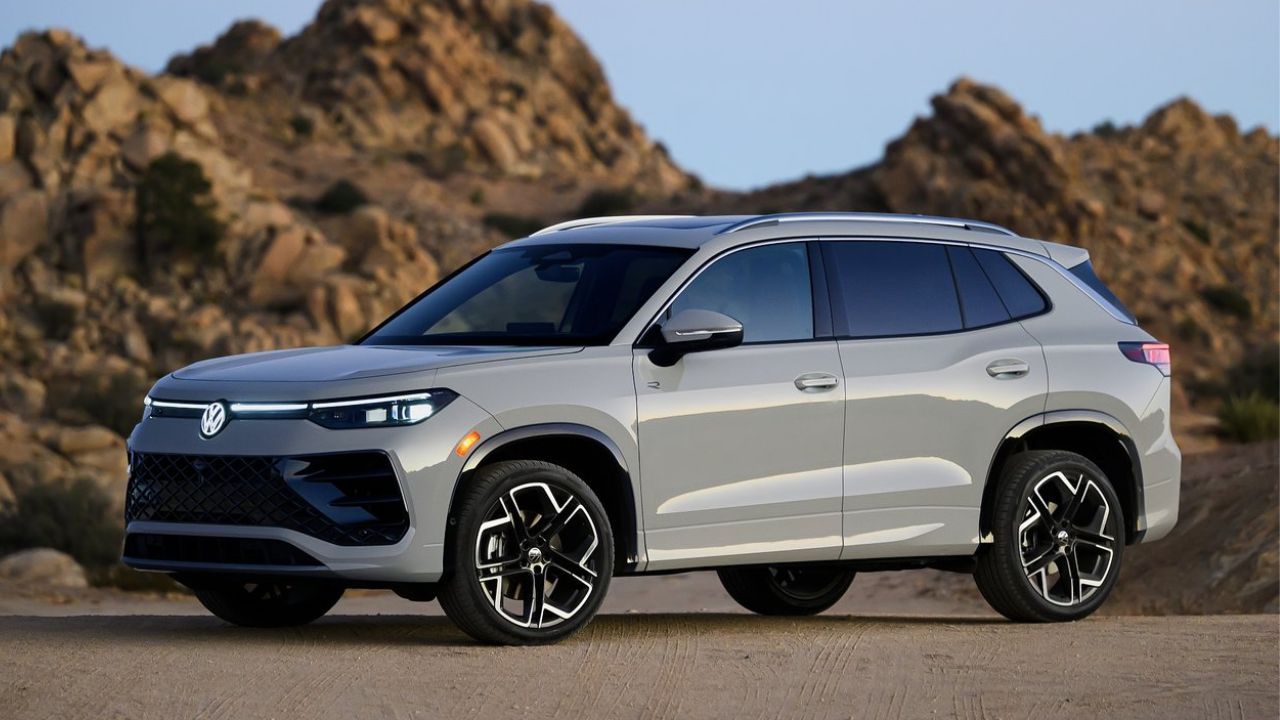
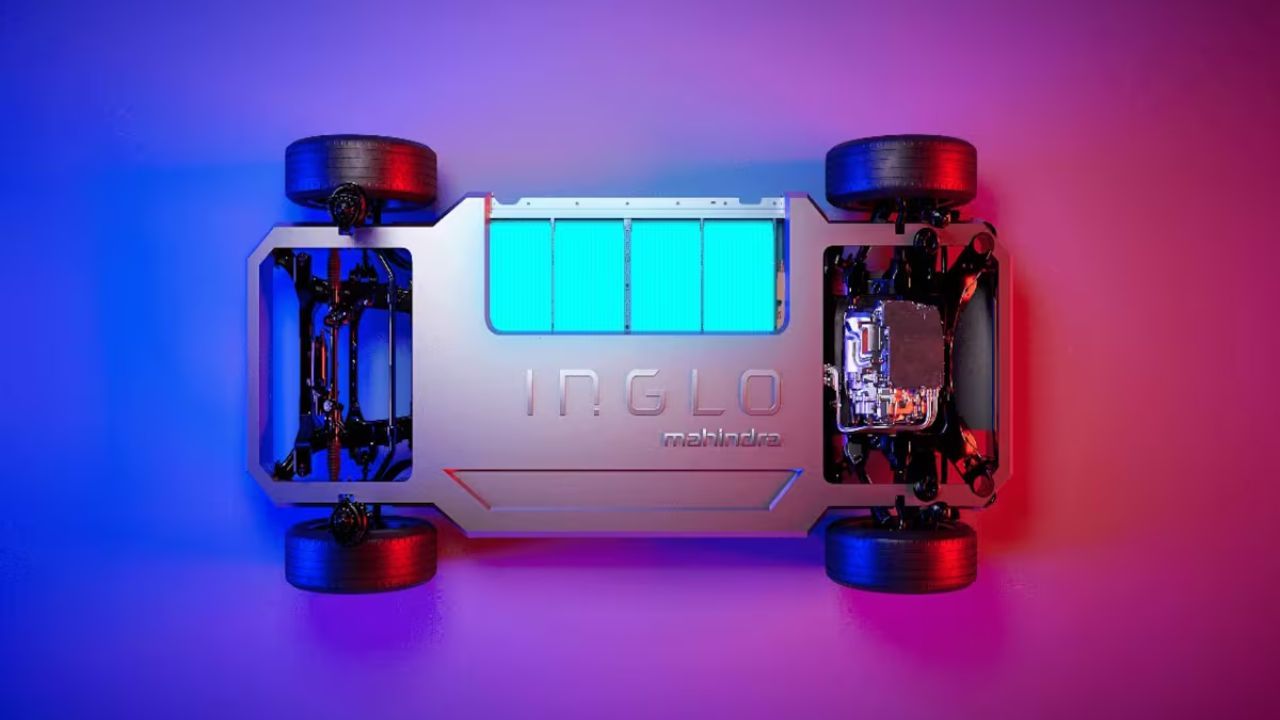
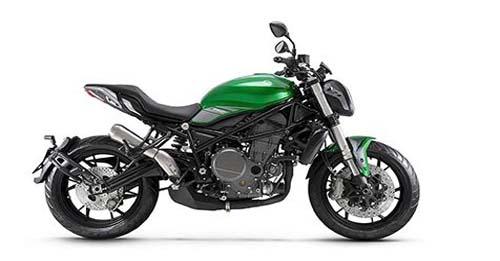
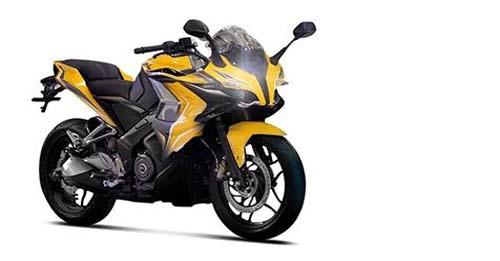
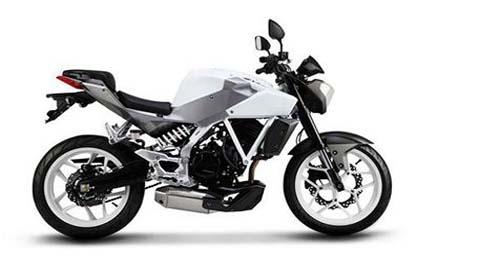
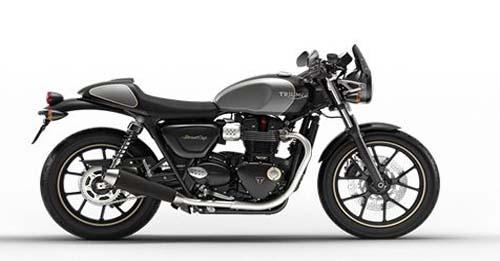
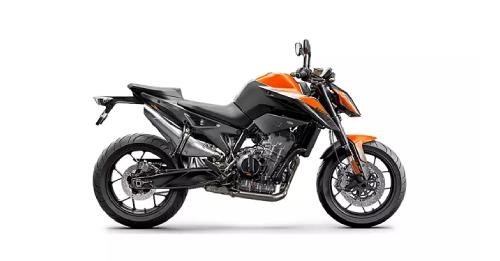









Write your Comment on